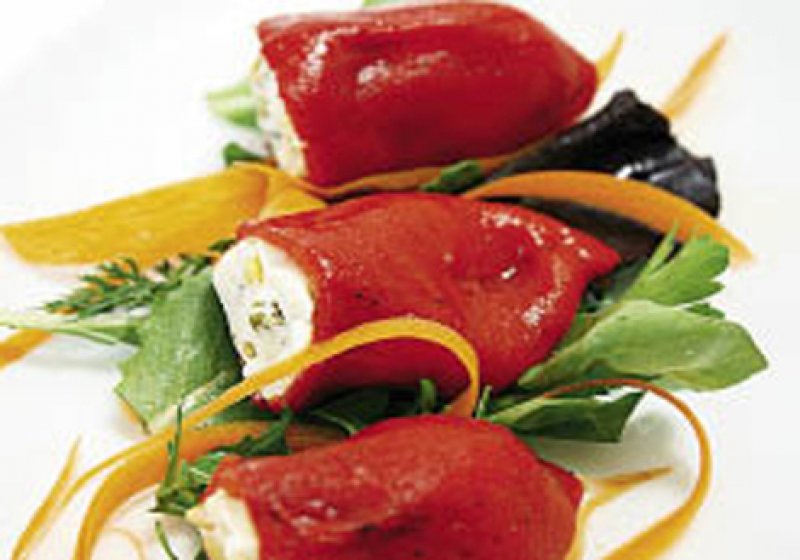Taste for the Exotic
Taste for the Exotic: Don’t shy away from mysterious flavors popping up on local menus.
Culinary wallflowers may curse Anthony Bourdain and Tom Colicchio, but they can’t stop menus from heading in more daring directions. Here’s a guide to coax your taste buds out of their comfort zones.
Piquillo pepper
This darling of Spanish tapas bars holds more flavor than heat. The pepper—the name means little beak—has a sweet and slightly smoky flavor after roasting and a vitamin C count close to that of citrus fruit. You’ll find them stuffed or in sauces, jams, and relishes.
Harissa
Let the traditional North African paste made from chili peppers, garlic, and other spices be your go-to scorcher. It’s often served as a condiment, but adventurous mixologists favor
it in Bloody Marys.
Chimichurri
Chimichurri is to Argentineans what ketchup is to North Americans. Made with olive oil, parsley, onion, garlic, and an acid such as lemon juice or vinegar, it’s a must-try on steak.
Boquerones
Either you love boquerones, hate them, or have absolutely no clue what they are. Another contribution of Spain, boquerones are delicate white anchovies marinated in olive oil and vinegar. Less pungent and salty than traditional anchovies, these little pescados are rich in vitamins and omega-3s.
Sweetbread
Properly prepared, sweetbreads are a delicious treat that tastes a bit like chicken. What are they exactly? Sweetbreads are the thymus gland (and sometimes the pancreas) of a mammal, most often that of a calf. Why are they called sweetbreads? Because if chefs called them thymus glands, they probably wouldn’t be able to give them away.
-Mackensy Lunsford
